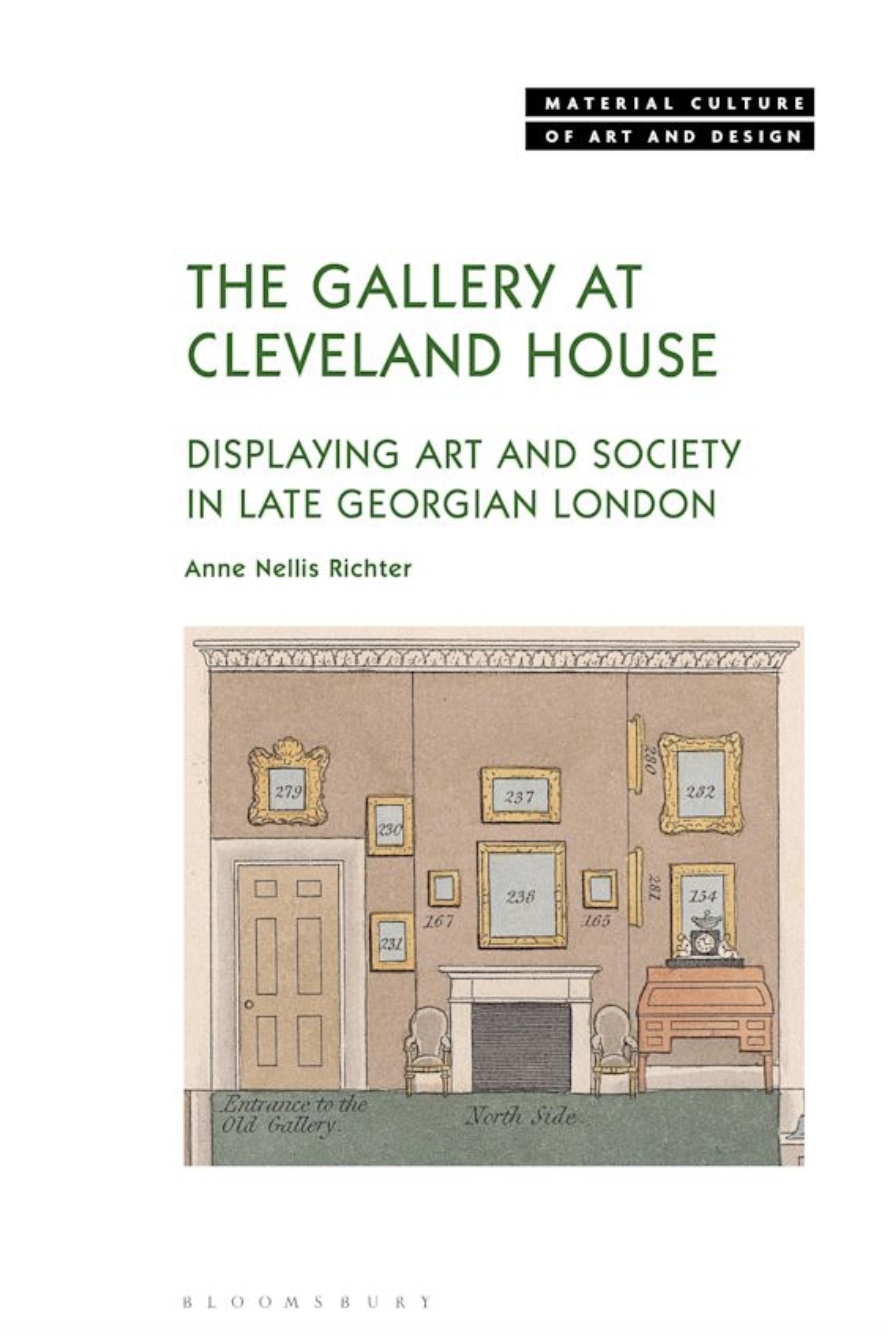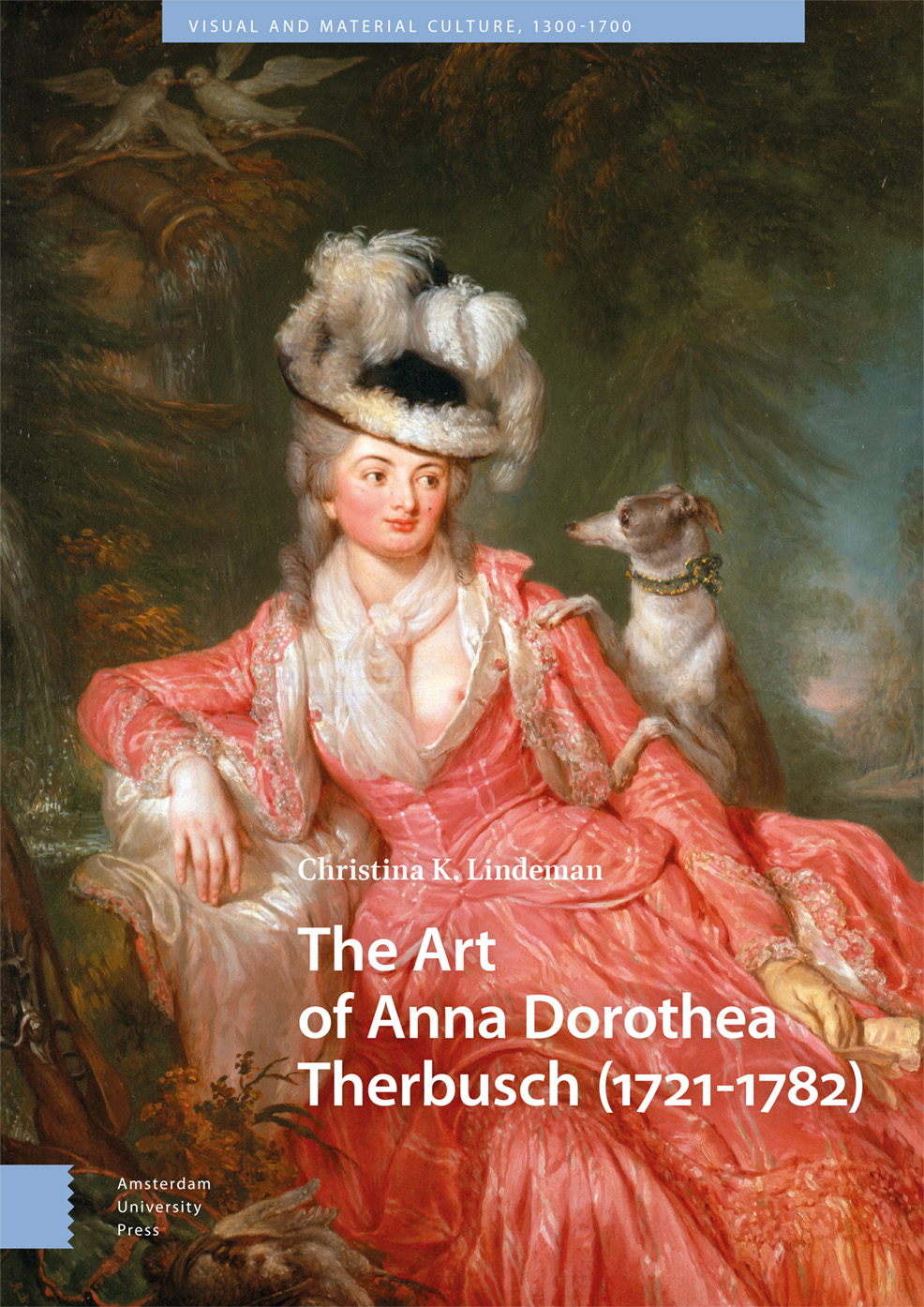Journal18 | Pendant Essays on Paint Boxes

Left: Partial view of the contents of Charlotte Martner’s paint box (Private collection; author’s photograph). Right: Caspar Schneider, Paint box on stand, ca. 1789, mahogany on oak structure, 75 cm high (New York: The Metropolitan Museum of Art).
◊ ◊ ◊ ◊ ◊
Recent pieces from J18′s Notes & Queries:
Conceived as pendants, these two essays by David Pullins and Damiët Schneeweisz unpack two paint boxes that belonged to Marie Victoire Lemoine (1754–1820) and Charlotte Daniel Martner (1781–1839), bringing out how these boxes tie the material history of painting to gender, colonialism, and enslavement.
◊ ◊ ◊ ◊ ◊
David Pullins, “Contained Assertions: Marie Victoire Lemoine’s Paint Box,” Journal18 (December 2023).

Marie Victoire Lemoine, The Interior of a Woman Painter’s Atelier, 1789, oil on canvas, 116.5 × 88.9 cm (New York: The Metropolitan Museum of Art).
Holding a loaded palette, brushes and maulstick, a standing woman represents the art of painting, while a second woman seated on a low stool embodies the foundational art of drawing (Fig. 1).[1] Their practices converge in the canvas underway on an easel, depicting a priestess presenting a young woman to a statue of Athena, goddess-protectress of the arts, in which chalk outlines have begun to be fleshed out in color. But the allegory has been dressed in contemporary terms, pointedly situating Marie Victoire Lemoine’s The Interior of a Woman Painter’s Atelier in the year it was executed, 1789, and boldly taking on the language of genre painting that was used more often to critique than to promote women artists. Michel Garnier’s A Young Woman Painter from the same year offers a counter-image (Fig. 2). A painter sets her canvases aside (literally turned to the wall, her easel reflected distantly in the mirror), while she is distracted by love (signaled by the dove, flowers, and book propped on an insubstantial table easel). In contrast to Lemoine’s somber, antique mise-en-abyme, Garnier chooses an unfinished “Greuze girl” as his gloss. . . .
The full essay is available here»
David Pullins is Associate Curator in the Department of European Paintings at The Metropolitan Museum of Art.
◊ ◊ ◊ ◊ ◊
Damiët Schneeweisz, “Laboring Likeness: Charlotte Daniel Martner’s Paint Box in Martinique (1803–1821),” Journal18 (December 2023).

Charlotte Martner, Self-Portrait with Four People, 1805, watercolor on ivory and cardboard, 14.5 × 11.5 cm (Private collection).
In Charlotte Daniel Martner’s self-portrait miniature (1805), the classical tendencies of French eighteenth-century portraiture collide with a distinctive burgeoning Antillean visual culture of the early nineteenth century (Fig. 1).[1] The miniature is a contrast in colors: the artist’s luminous pale white skin and Empire dress, emanating from the portrait’s ivory ground like moonlight, set against the darker skin tones of the man, women, and child that surround her, each dressed in dulled shades of red, orange, blue, and beige. The precise status of the four Black individuals within this household is unclear, and they are yet to be identified, but their placement, each suspended in an act of domestic labor, suggests that perhaps they depict those then enslaved in Martner’s home. At the center of the portrait is a brisk loss, as if someone has pressed their thumb to the watercolor and swept away Martner’s features, leaving only a set of auburn eyes, the contours of a nose, dark-brown eyebrows, and loose curls pinned back with a bejeweled comb. . .
The full essay is available here»
Damiët Schneeweisz is a PhD Candidate at The Courtauld Institute of Art currently on Doctoral Placement at the Victoria & Albert Museum in London.



















leave a comment